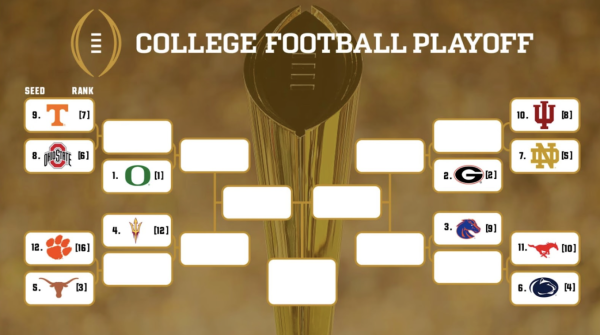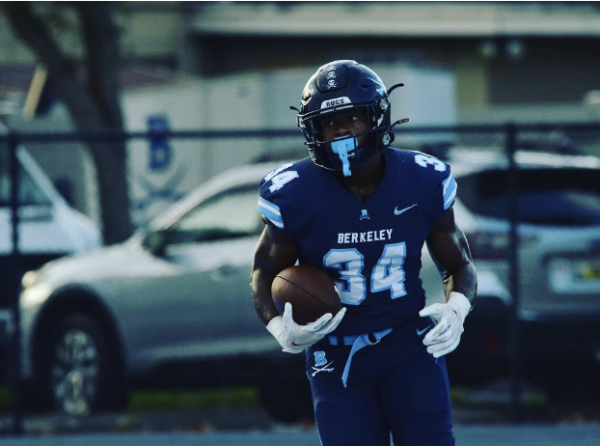Student Athletes Look for Results at the Gym
Sophomore wrestler Brad Grundy is a regular at the gym and can always be found lifting weights at the Straz center. Grundy certainly proved that he was fit when wrestling the accomplished Nick Mosco of Tampa Prep at last year’s Headmasters Challenge. At almost any time during the day or night, junior Ben Root, who can heave a four and a half pound metal disk 150 feet and can hurl a 12 pound ball a whopping 40 feet, can also be found at the gym. Sophomore Jon Turkel, a starting defensive end for varsity football, was not always a domineering presence on the gridiron. Before he became the 6’2 190 lbs. end seen penetrating the backfield every Friday night, Turkel had to step it up a notch at the gym.
Before Grundy works out, he eats a light snack of eggs on whole wheat bread to give him energy without weighing him down. He stays at the gym for over an hour, doing around 20 minutes of cardio to get his blood flowing, and then starting to lift—a progression of curls, bench press and dead lifts for around an hour in a continuous circuit.. This arduous routine gives him the raw power he needs to last multiple rounds in the ring with someone like Mosco.
Before Root hits the weights, he first hits the kitchen. Root ingests carbs, such as pasta, for energy the night before a track meet. He always includes a protein like chicken, fish or beef. When Root enters the gym, he goes right to weights which will give him the fundamental strength he needs to throw those heavy metal discs and shot-puts to the extraordinary distance he does. “You need to do an equal amount of pushing and pulling, so I switch it up a lot” Rootsaid of his routine. “I do bicep curls, chest and back, skull crushers, dips, tricep extensions, and forearm work.” He mostly focuses on arms and chest at the gym.
Turkel’s workout starts before he even enters the threshold of the gym. Before he actually gets his hands on the weights, he, like Root, eats lots of carbs to give him both endurance and energy, allowing him to stay at the gym longer and work out harder. Once he arrives at the gym, he heads straight to the dumbbells. Turkel works out his arms with 10 reps of curling, rowing, bench, and military press. He does this rigorous set of exercises three times before moving onto his 100 sit ups for a break from the “exciting stuff.” He uses the leg press machine to strengthen his thighs, and does vertical pull downs to work out his back.
The most important part of a workout for Turkel starts after he stops lifting. After leaving the gym, he is always found with a monstrous protein shake in hand. “The best time to ingest protein is within the hour the workout ends,” said Turkel. So after he leaves the gym, a trip to Smoothie King is never far behind. The day after a workout, he rests and takes a light jog around his neighborhood for endurance that will be of use in a football game in over-time. Turkel’s workouts have made him a defensive end who possesses both strength and the crucial component of speed. “You never know when you might have to go around them or through them and sometimes you gotta do both.”
All athletes have their own unique strategy for the gym. Wrestlers might want to focus on muscular endurance, throwers like Root may focus on arms and raw strength, and football players often do both. The workout performed at the gym is entirely dependent upon the sport and its physical demands.

Thomas Fuhrman is very tall. But it doesn’t stop there. Thomas is also an avid member of Model U.N. and likes to Lacrosse on the Varsity Lacrosse team...






